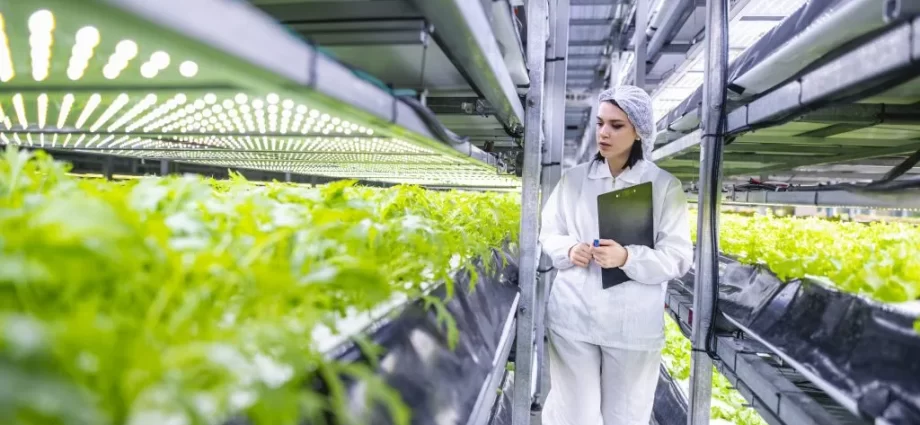Designing a high-efficiency food plant requires careful planning, innovative solutions, and a deep understanding of industry standards. Here’s a comprehensive blueprint for creating a high-efficiency food plant with insights from Stendel + Reich food plant architects.
Site Selection and Layout
Optimal Location
Choosing the right location is crucial for the efficiency of a food plant. Consider factors such as proximity to raw material sources, transportation infrastructure, and access to utilities. A well-chosen location can reduce transportation costs and improve overall operational efficiency.
Efficient Layout
The layout of the food plant should be designed to optimize workflow and minimize movement. Stendel + Reich’s architects focus on creating layouts that ensure a smooth flow of materials and products, reducing downtime and increasing productivity.
Sustainable Design
Energy Efficiency
Incorporating energy-efficient systems and technologies is essential for a high-efficiency food plant. This includes using energy-efficient lighting, HVAC systems, and equipment. Stendel + Reich’s architects design facilities that maximize natural light and ventilation, reducing energy consumption.
Water Conservation
Water conservation is a critical aspect of sustainable food plant design. Implementing water-saving fixtures, recycling systems, and efficient cleaning processes can significantly reduce water usage. Stendel + Reich’s architects incorporate these features into their designs to promote sustainability.
Advanced Technology
Automation
Automation plays a crucial role in enhancing the efficiency of a food plant. Automated systems can handle repetitive tasks, improve accuracy, and reduce labor costs. Stendel + Reich’s architects integrate advanced automation technologies into their designs, ensuring that the facility operates at peak efficiency.
Real-Time Monitoring
Implementing real-time monitoring systems allows for continuous tracking of production processes, equipment performance, and energy usage. These systems provide valuable data that can be used to optimize operations and identify areas for improvement.
Food Safety and Hygiene
Hygienic Design
Ensuring food safety and hygiene is paramount in a food plant. Stendel + Reich’s architects design facilities with cleanable surfaces, proper drainage, and segregation of raw and processed areas to prevent cross-contamination. These features help maintain high standards of hygiene and comply with industry regulations.
Quality Control
Implementing robust quality control measures is essential for maintaining product quality and safety. This includes regular inspections, testing, and monitoring of production processes. Stendel + Reich’s architects design facilities that support comprehensive quality control programs.
Flexibility and Scalability
Modular Design
A modular design allows for easy expansion and adaptation to changing production needs. Stendel + Reich’s architects incorporate modular elements into their designs, ensuring that the facility can grow and evolve with the business.
Flexible Production Lines
Designing flexible production lines enables the facility to produce a variety of products without significant reconfiguration. This flexibility allows the plant to respond quickly to market demands and changes in consumer preferences.
Employee Well-Being
Ergonomic Workspaces
Creating ergonomic workspaces enhances employee productivity and reduces the risk of injuries. Stendel + Reich’s architects design workstations that prioritize comfort and safety, promoting a healthy and efficient work environment.
Amenities and Facilities
Providing amenities such as break rooms, rest areas, and training facilities can improve employee satisfaction and retention. Stendel + Reich’s architects incorporate these features into their designs to create a supportive and engaging workplace.
Conclusion
Creating a high-efficiency food plant requires a comprehensive approach that considers site selection, sustainable design, advanced technology, food safety, flexibility, and employee well-being. Stendel + Reich food plant architects offer expert guidance and innovative solutions to help you design a facility that meets your operational needs and supports your business goals. Contact them today to learn more about their food plant design services.

